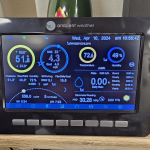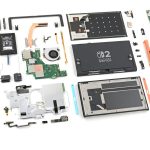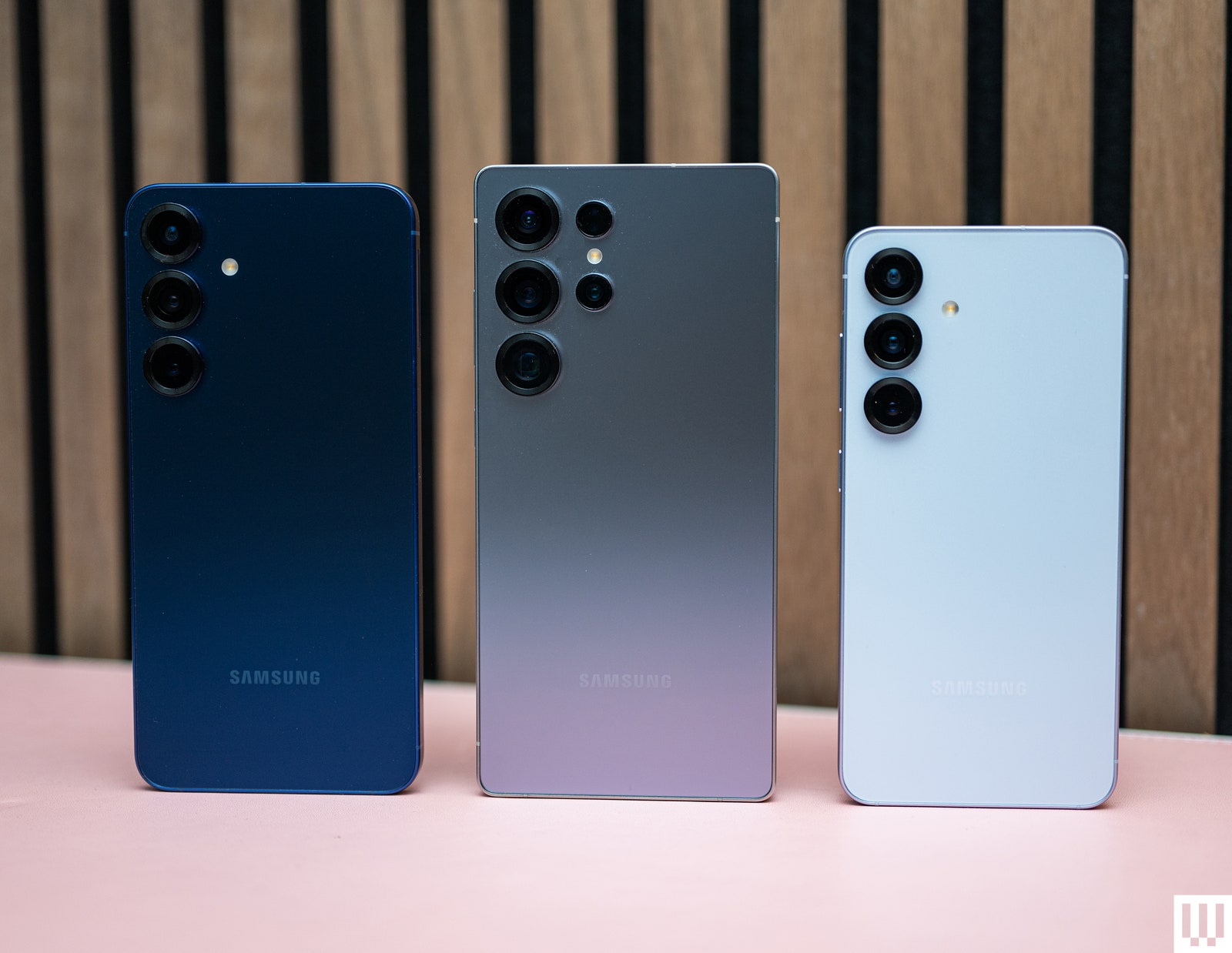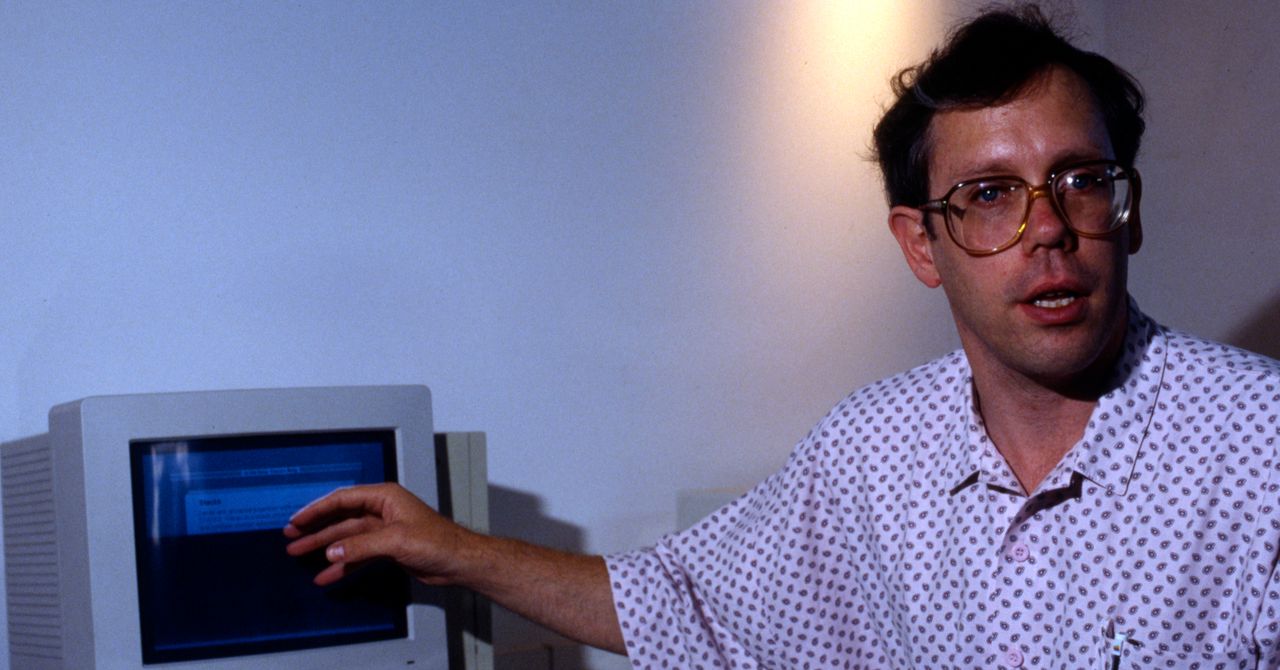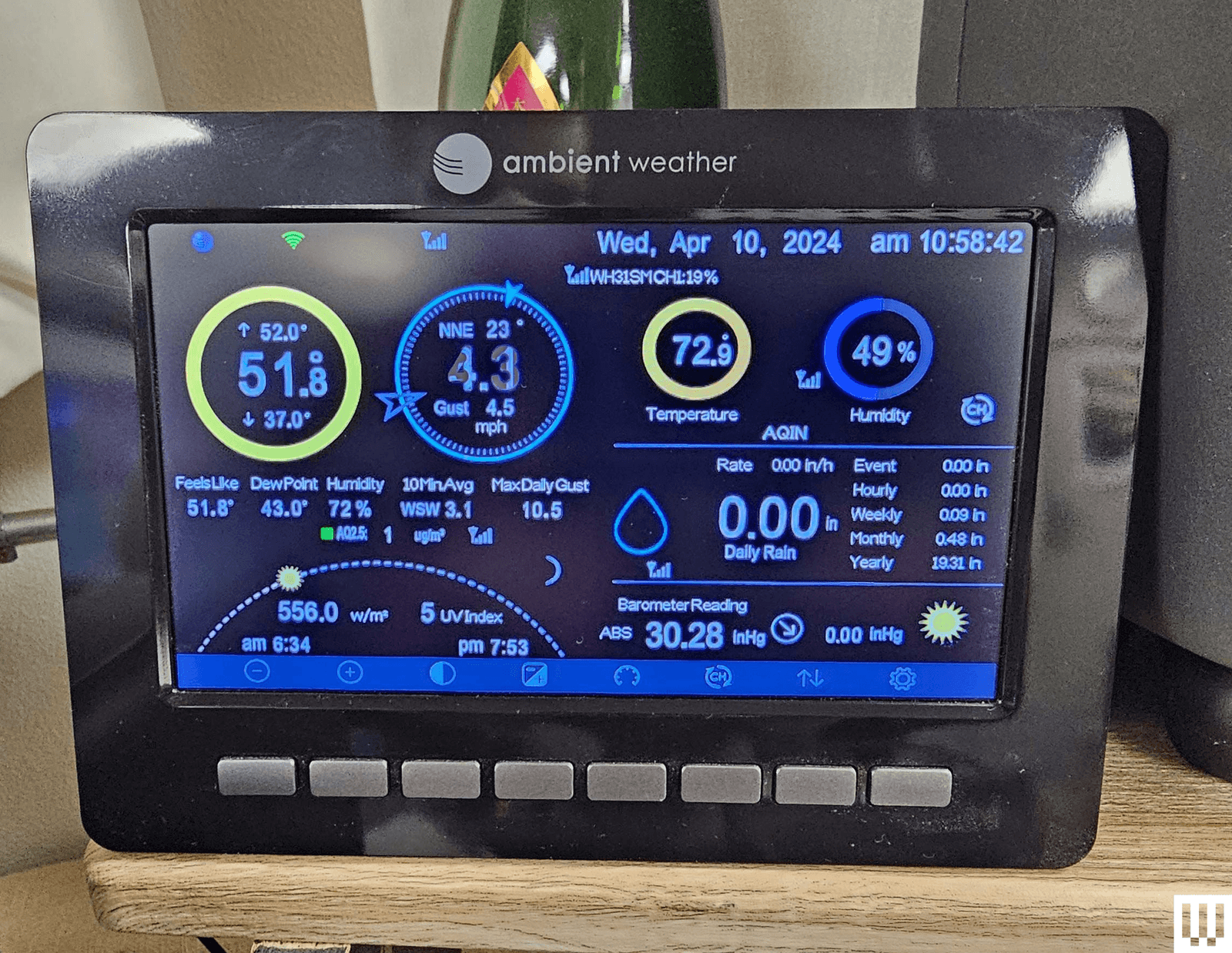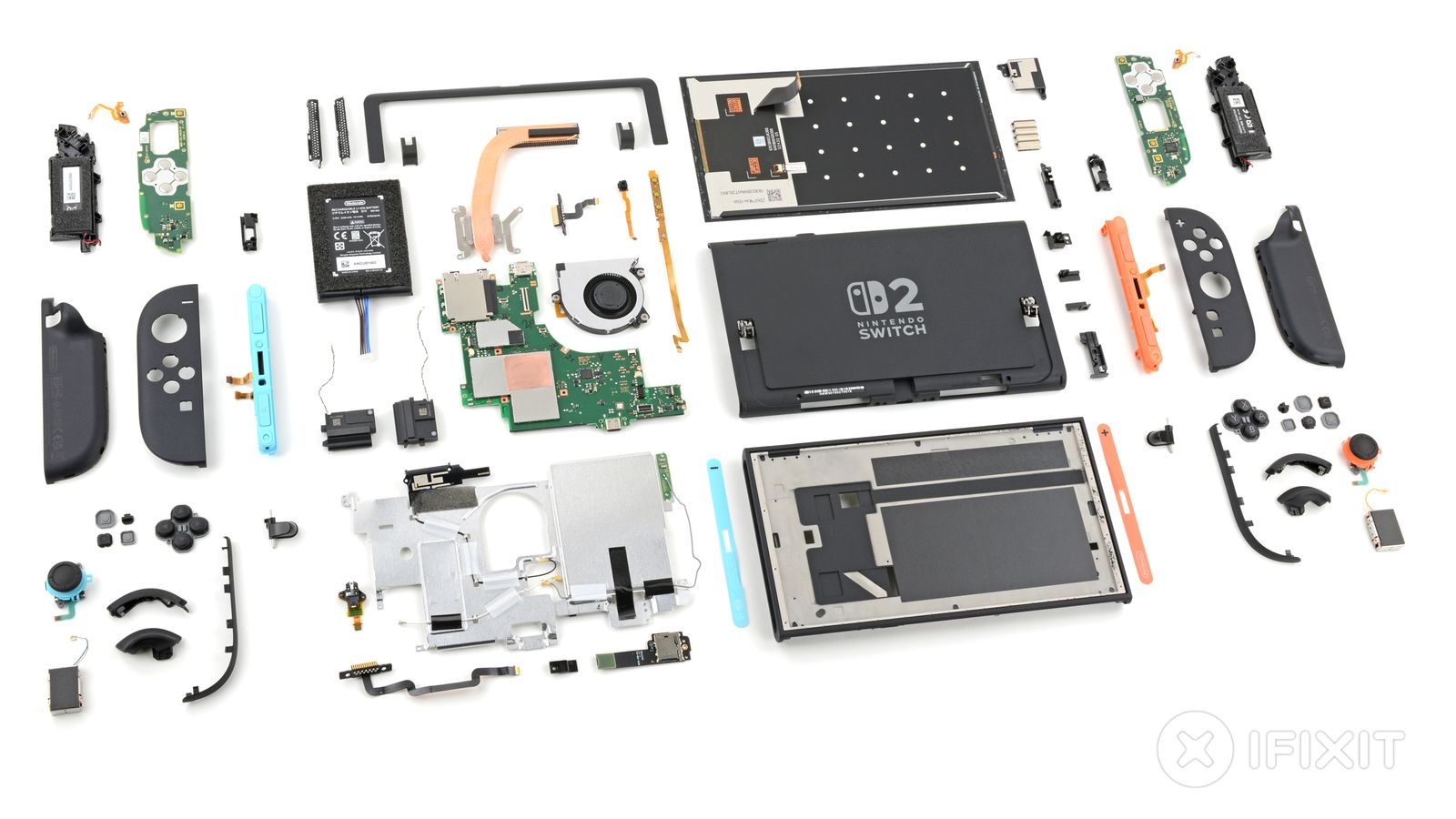You either fall into the “it’s just a phone” camp, or you’re someone who meticulously pores over all the new features of a smartphone, stays up to date on all the top devices every year, and feels a sense of pride when you look at your shiny, pricey investment.
This is my 10th year of reviewing smartphones for a living, and I still get excited. I saved up cash working at my college library to buy my first phone, and I’m just as delighted a decade later when a new phone lands on my doorstep and I get to puzzle over its new capabilities, even if it only has minor changes over its predecessor.
Except, I didn’t get any tingly feelings when the Galaxy S25 series arrived. Samsung had one of the most lackluster smartphone launches I’ve seen of late—not because these are bad phones, but because there’s not much new. The hardware is barely different—it’s all AI, AI, AI, some of which is useful, some of which is not. I also struggle to find any character in this phone’s design—the launch colors are boring.
All this to say the Galaxy S25 ($800), Galaxy S25+ ($1,000), and Galaxy S25 Ultra ($1,300) are powerful, reliable, and well-equipped smartphones. They’re excellent upgrades if you’re coming from a three or four-year-old device. They’re just not otherwise interesting or exciting.
Static Shock
I go over spec details and the like here, but I want to highlight that I like the tiny hardware changes in the Galaxy S25 Ultra. The sides have flat edges now, the corners are rounded, and even the S Pen stylus doesn’t stick out so much from the bottom housing. The bezels (the black bars around the screen) are slimmer, which makes the screen bigger with minimal changes to the phone’s dimensions. The flatter edges make the phone comfier to use one-handed, though nothing beats the compact design of the 6.2-inch Galaxy S25.
The Qualcomm Snapdragon 8 Elite chipset delivers smooth performance, but mobile gamers may appreciate the thermal improvements in these phones. Last year, when I played Genshin Impact for an extended time on the S24 series, I encountered stutters and the phone got hot in a specific area. I didn’t notice this after nearly an hour of gameplay on the Galaxy S25 series, and that’s with maxed-out graphics at 60 Hz. The improved cooling solutions seem to work.
I frequently ended a day with around 40 to 30 percent battery left on all three devices with roughly five to six hours of screen-on time. Those results are good enough but nothing extraordinary for a modern-day top-end phone. The wireless charging story, however, is frustrating.

